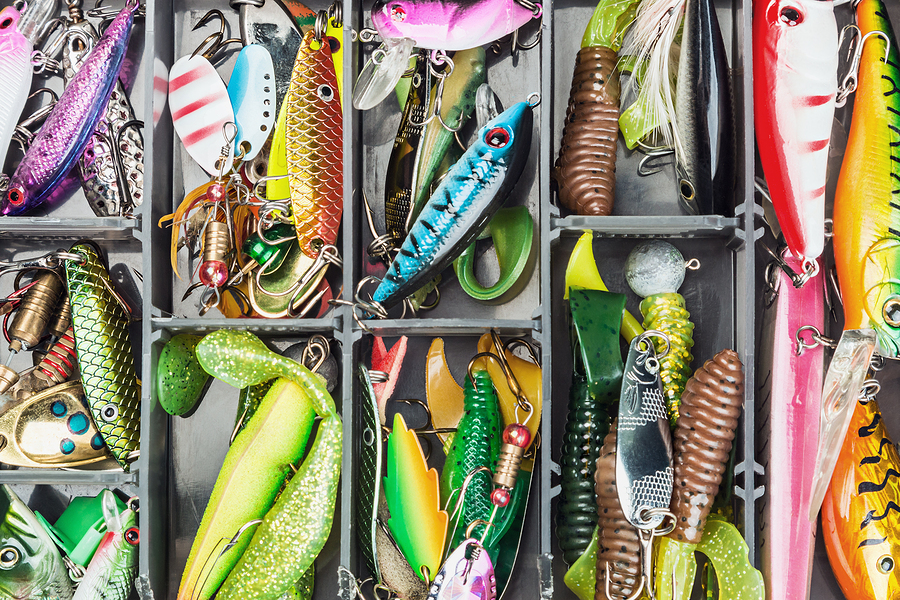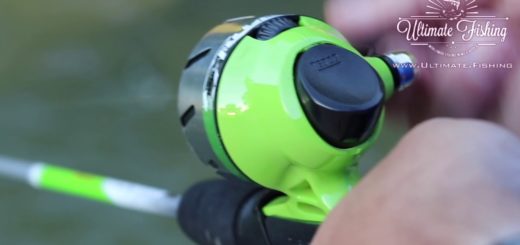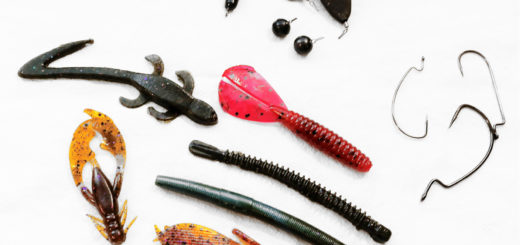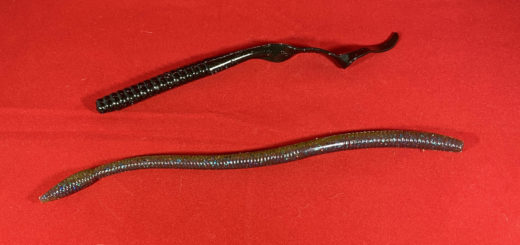The most important piece of equipment a fisherman will have, besides his fishing rod, is his fishing tackle box. Preparing a tackle box involves two methods of planning, firstly you want to have enough equipment for your outing, including equipment that will allow you to change between lure and bait fishing without any issues. The second most important thing about a tackle box, is not overcrowding it with every single possible item a fisherman may need, you want to plan your tackle box so your bring the lease amount of fishing tackle, but enough tackle to cover your requirements.
There is nothing worse than carrying around a heavy tackle box, full of all sorts of things not required for the outing, such as if one was to carry around squid jigs when they are going out freshwater fishing. You don’t want to be keeping everything in the tackle box, for this reason, if you regularly switch between a few styles of fishing, such as salt water pier fishing, freshwater fishing and boat fishing, it often makes a lot more sense to have multiple tackle boxes, one for each type of fishing you will be taking on.
This limits the amount of tackle you carry around, while also ensuring when it’s time to go fishing, you have the correct gear for the type of fishing you are heading out for.
While some fishing tackle is standard across all types of fishing, such as carrying fishing pliers and lip grips, other types of fishing require a varied assortment, carrying around all these things in one fishing tackle box is pointless, and sorting into multiple boxes for each type of fishing makes a lot more sense.
In freshwater fishing, you often require smaller hooks, such as sizes 4 to 10, you may also require an assortment of hook styles such as the ‘suicide’ highly curved hooks, regular fishing hooks and also long shank fishing hooks. You would also want some light weight sinkers such as 3 gram, 5 gram and 10 gram variants, you may prefer to also carry a small amount of 15g and 20g sinkers for long distance casting, such as at lakes and water reservoirs, otherwise in rivers and creeks, anything from 3 grams to 10 grams is enough. You may also like to carry around a small assortment of fishing floats, if the weather is clear enough sometimes fishing on floats is more productive than sinking baits, and finally you want to be carrying some lighter weight fishing line.
Freshwater fishing often requires a light weight main line, if your main line is in good condition, then carrying only equipment for a leader is the best way to go, with a main line of around size 2, you may want to pair this with sinking fluorocarbon fishing line of size 5, this gives you around 15kg / 33lbs of line strength, enough to take on fish to around 7.5kg. When fishing smaller species, you may also prefer to pair with a size 3 fluorocarbon line, this size is ideal for fishing perch and stocked rainbow trout.
Salt water fishing is a fairly different game, while in fresh water you will be using mostly sizes 4 to 10 hooks, in salt water most species will be best suited to a 1/0 sized hook, this hook is suitable for highly aggressive fish, and will provide good strength for most species to around 70cm in length. Only on species such as bream / snapper / sheepshead can be fished with a smaller size 2 hook, but as you can see, the tackle mentioned already is for the most part unsuitable for freshwater fishing. In terms of sinkers, because you will be fishing in estuaries with tidal influence, or maybe even our on the bay or beach itself, weights such as 3 grams and 10 grams is going to be nearly useless to you, weights of around 15g to 30g are often used, with the 15g used in estuaries with tidal influence, and 30g to 50g for fishing off the beach itself. Float fishing is also extremely difficult in waters with tidal movements, hence you likely won’t need to bring a float along with you when you are targeting salt water systems.
Now for fishing line, most salt-water fishing rods are fitted with size 4 or 5 mono-filament line, and as most salt water species put up a much stronger fight, and also the fact that a lot of species can be quite large, most people prefer to pair their line with a Fluorocarbon leader of around size 6, allowing 16kg / 35lbs of line strength to handle bigger fish, some may even go larger to around size 8 if species regularly caught exceed 1 meter in length.
When fishing in salt water, you will also need to rinse your fishing line after use, so bring along a small bottle of fresh water, and at the end of the day pour this over the line in your reel to remove the salt and prevent line damage.
Preparing multiple tackle boxes will save a lot of time, both in terms of preparing to go out fishing, and reduce time spent at the actual fishing spot, as everything you need will be in the box you took. The only thing you need to remember is which box is which, a label maker, engraving tool or permanent marker can help avoid this easy to make mistake, and ensure you can fish both light and prepared each time you head out on the water.










